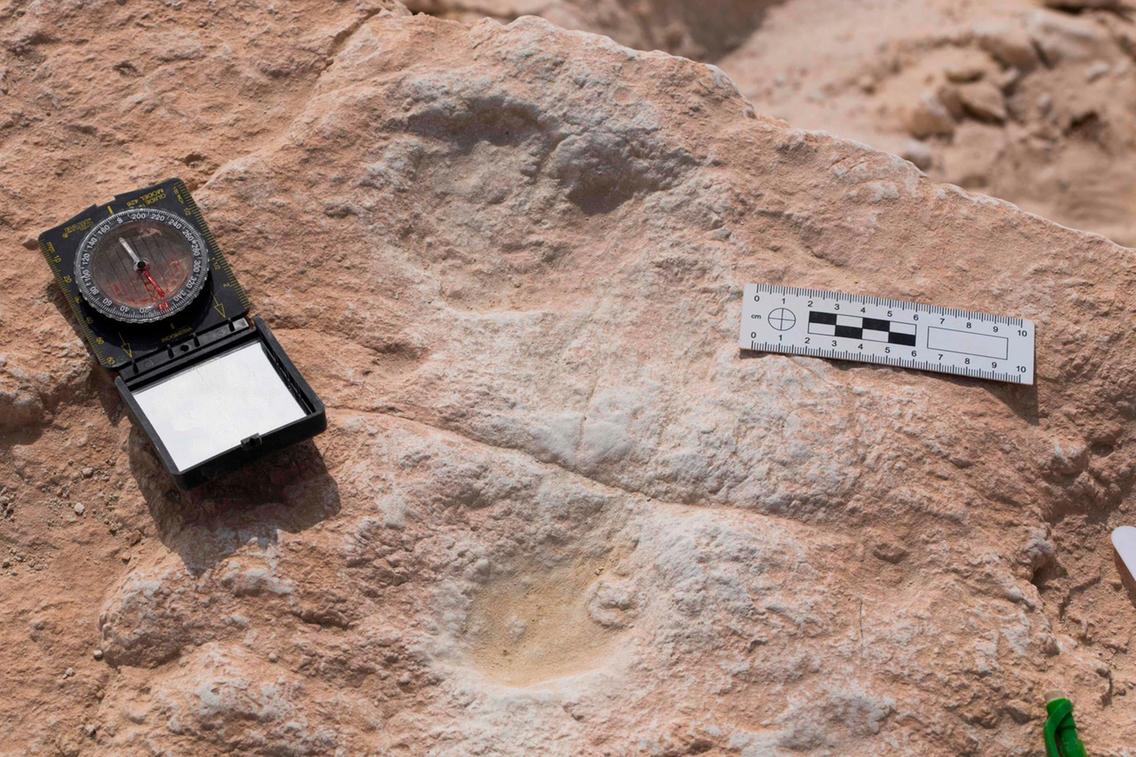History & Heritage
9.17.2020
Saudi Arabia: discovery of a 120,000-year-old archaeological site

The Saudi Commission for Heritage has just revealed the discovery of a new 120,000-year-old archaeological site. It is about the old lake of Alathar, where populations of nomadic hunters would have elected residence during brief periods.
The photos are unequivocal: human footprints, but also the footprints of elephants and various predators … It is a fascinating discovery that was unveiled by the Saudi Commission for Heritage, after a joint work between local and international teams in charge of the excavations.
Nomadic populations
Around an ancient lake, now dried up, in the vicinity of Tabuk, in the North-West of the Kingdom, nomadic populations would have briefly elected domicile, using the water point as a landmark on a longer journey. These are at least the findings published by researchers in a new study in Science Advances on September 16, following the discovery of these ancient human and animal footprints that shed new light on the routes taken by our ancient ancestors as they spread out of Africa.

Valuable information
This is a discovery of prime importance since it marks the oldest trace left by Man in the Arabian Peninsula. This allows us to contextualize the history of the Kingdom and give indications on the ways of life and movements of our ancestors. It is important to understand that we are talking about the footprints of 7 humans, 107 camels, 43 elephants, and other traces such as those of cattle. Researchers have also found elephant fossils and oryx bones.
popular

